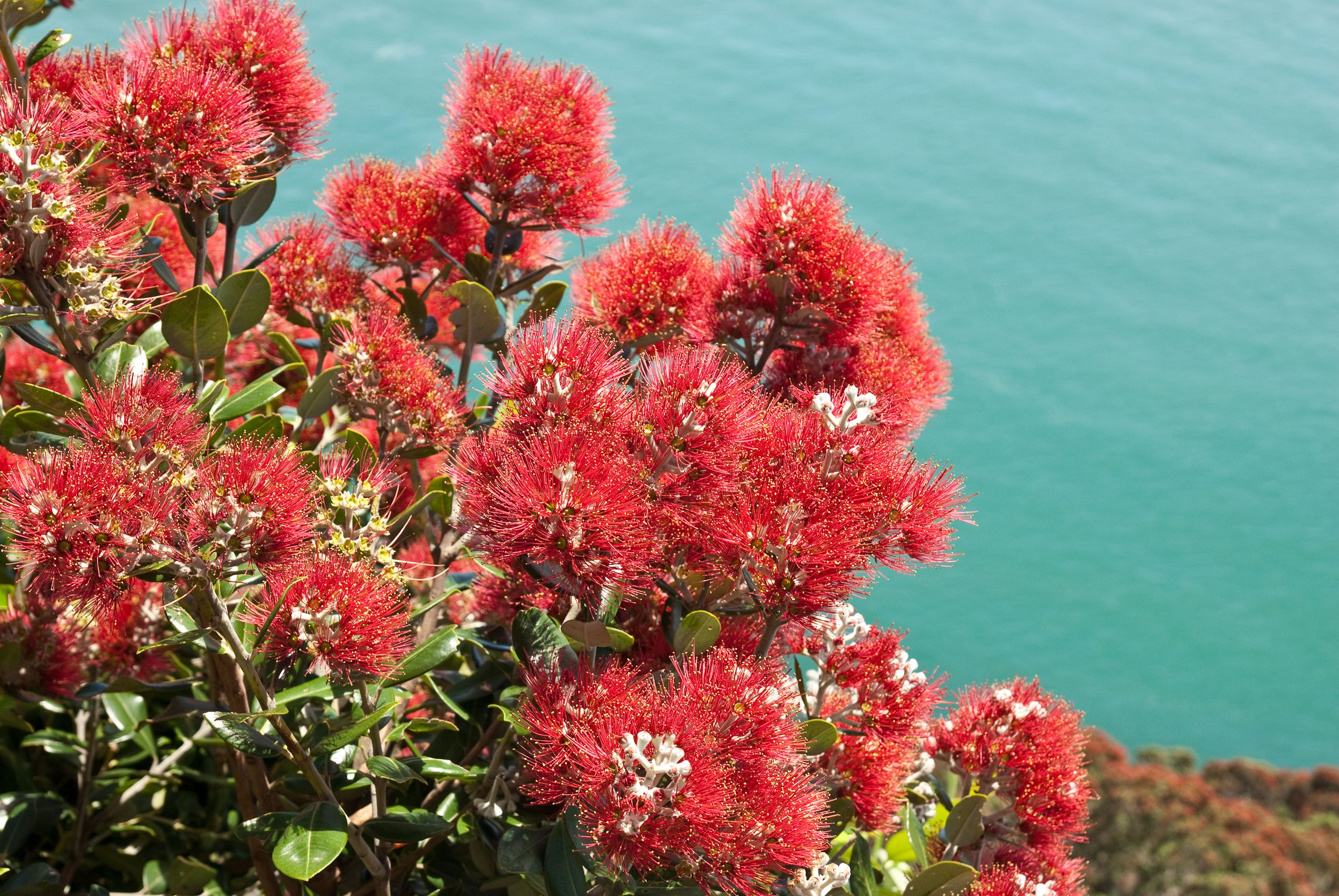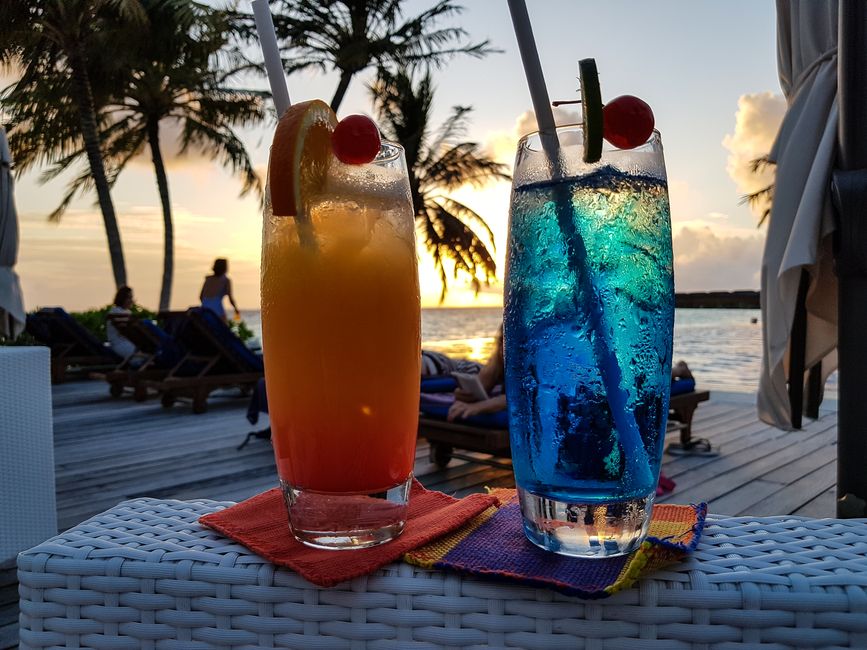
M und M International
vakantio.de/m-und-m-international
Family visit in the real jungle: The red forest people in Borneo
പ്രസിദ്ധീകരിച്ചു: 02.06.2023
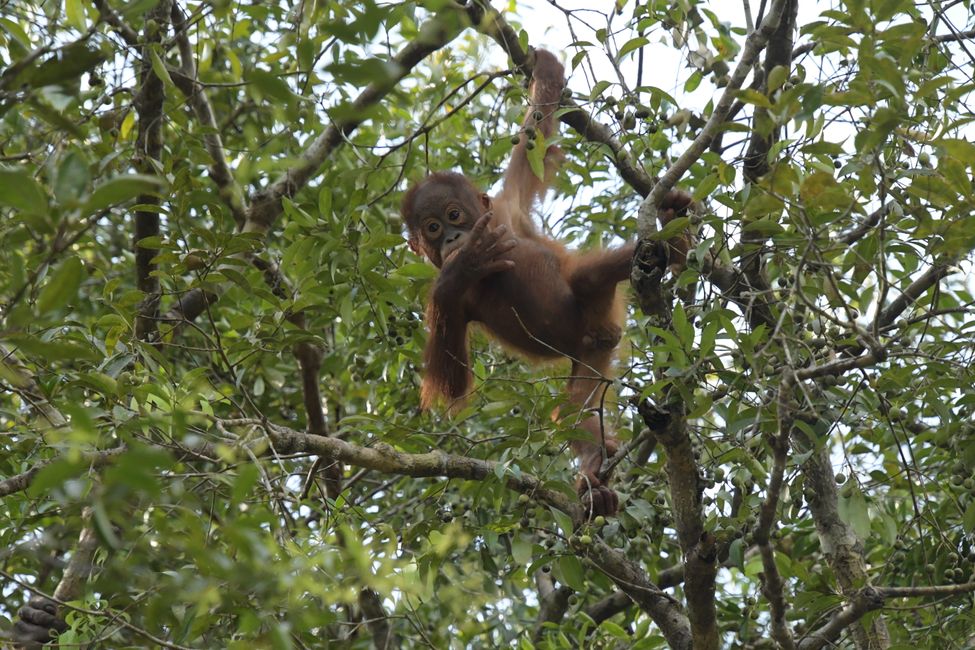
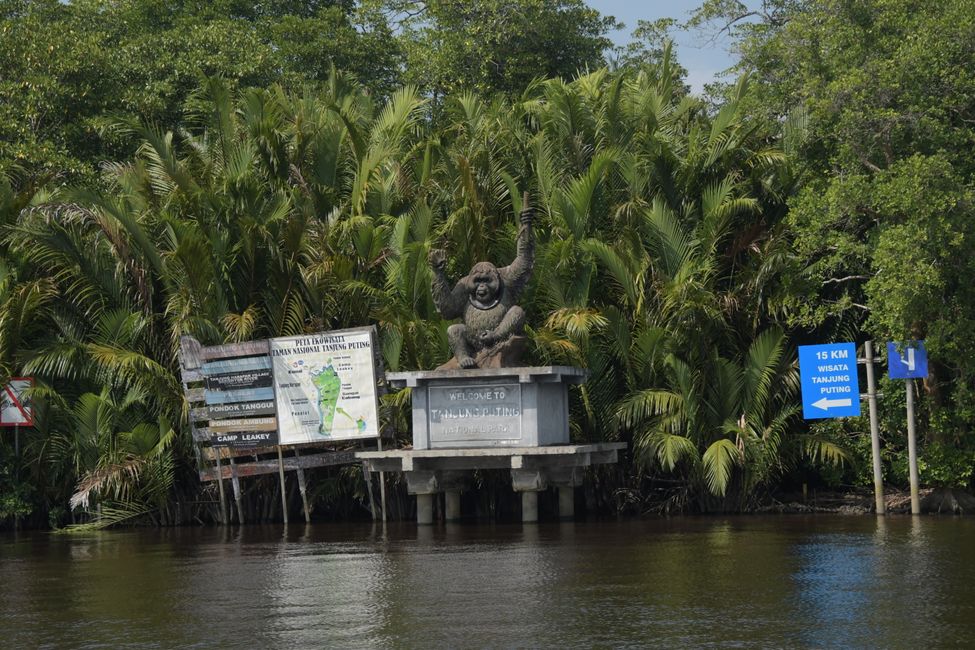
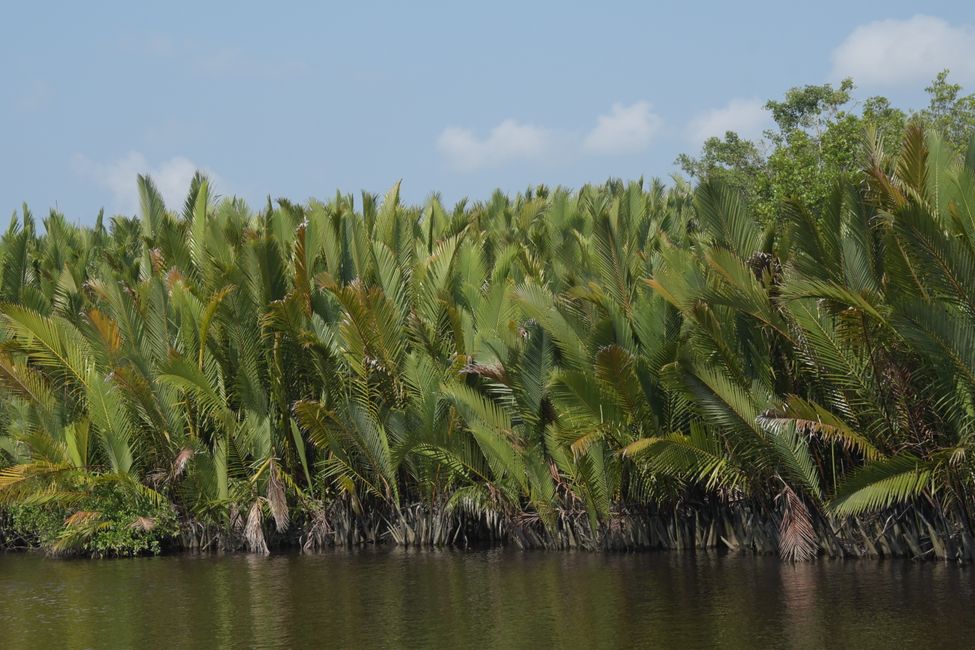
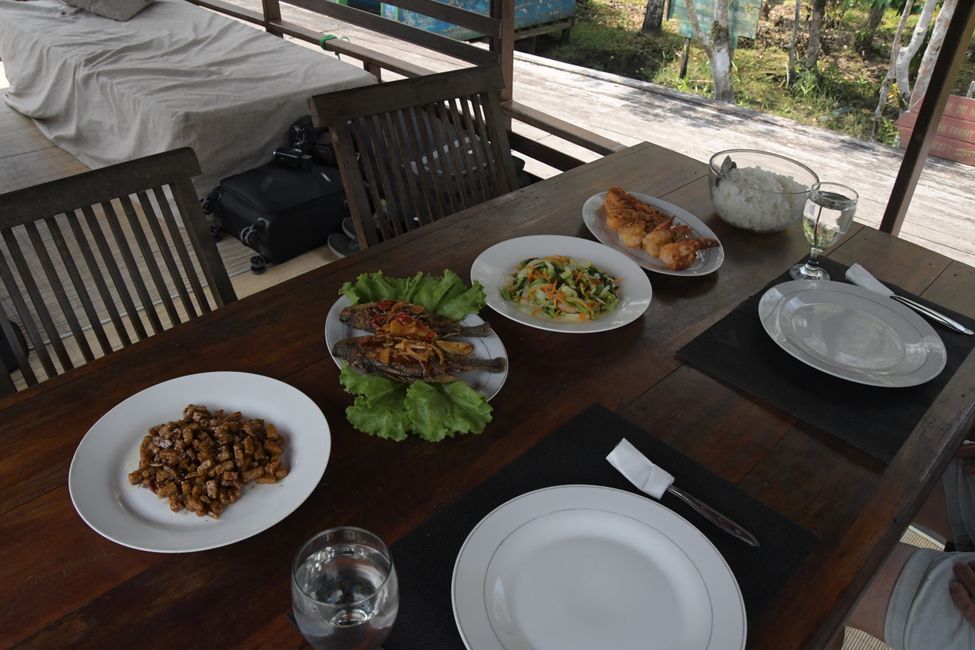
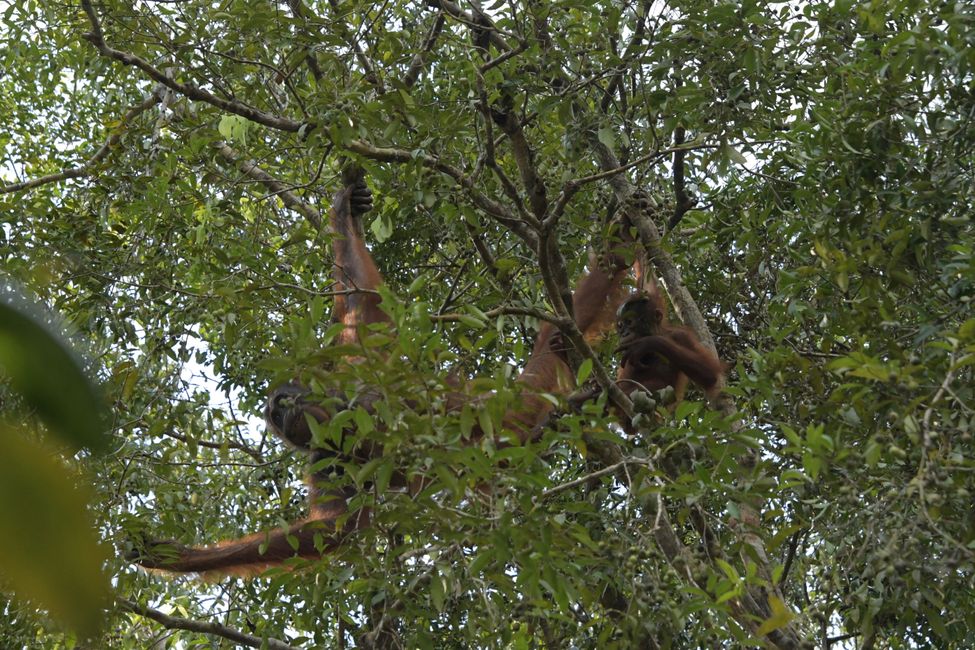
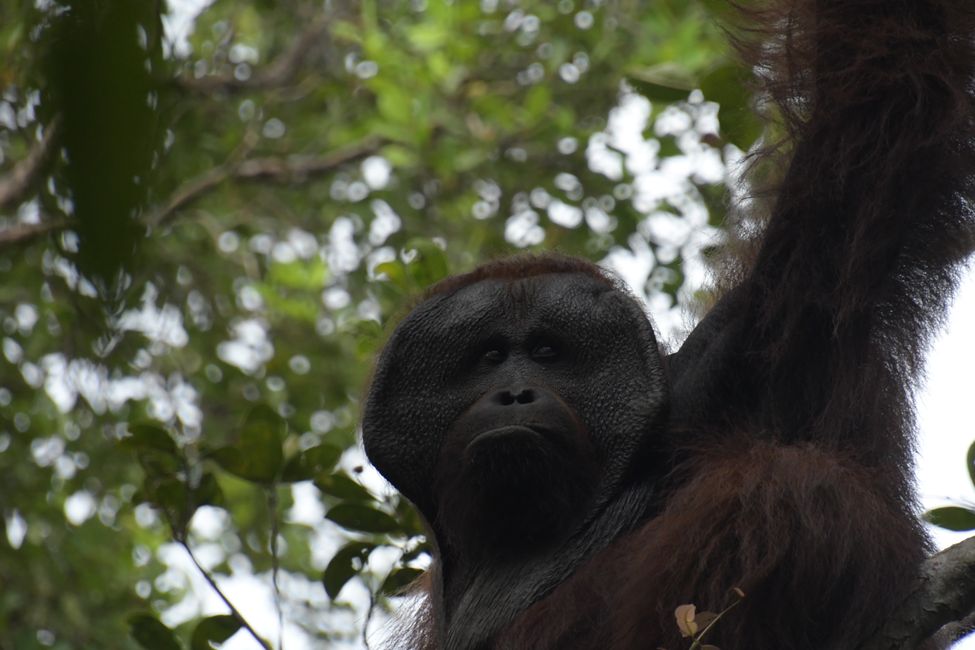
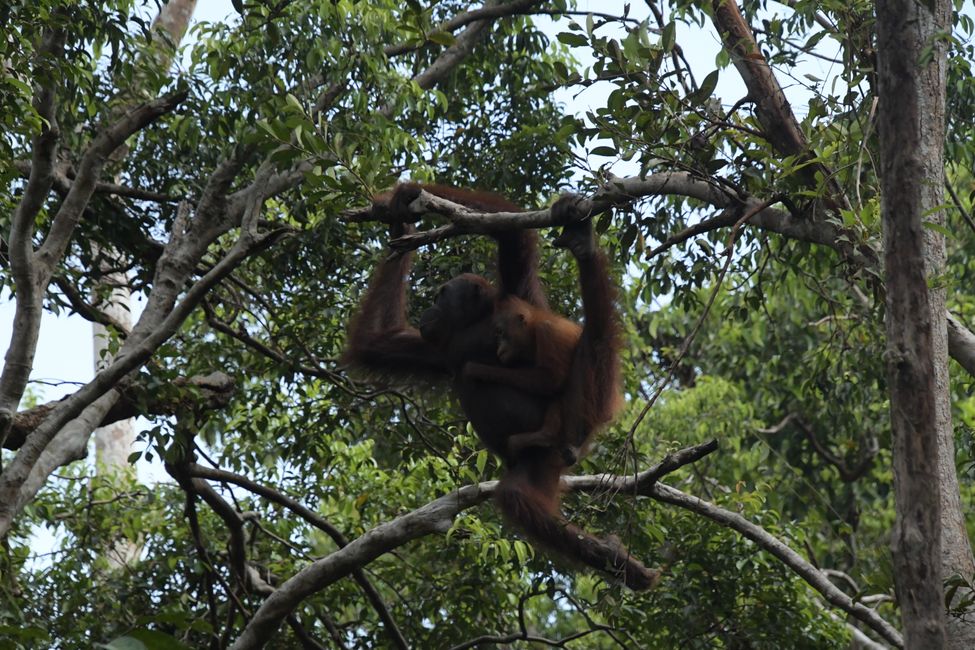
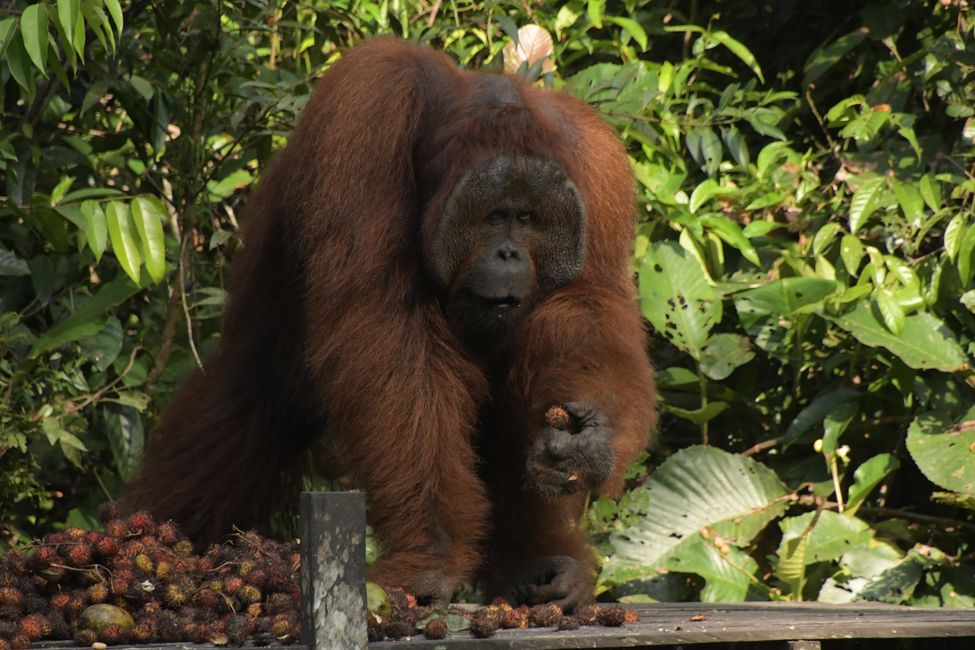
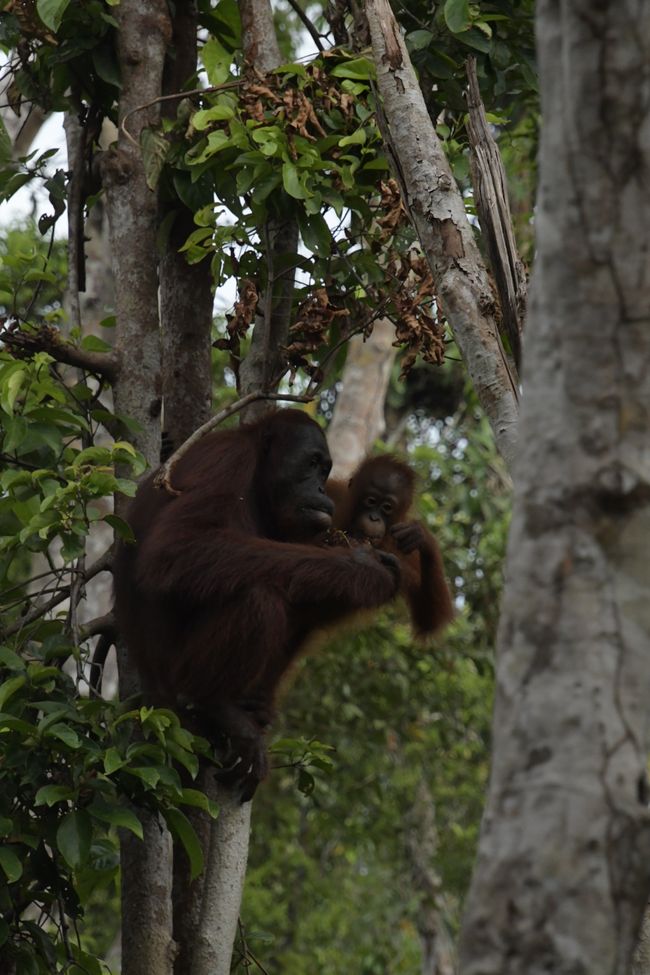
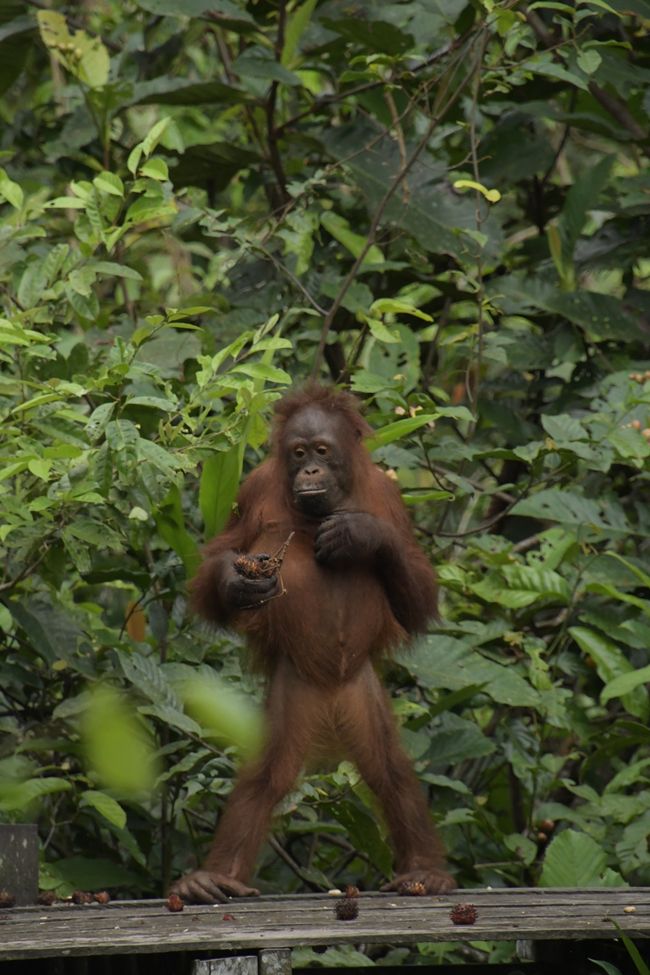
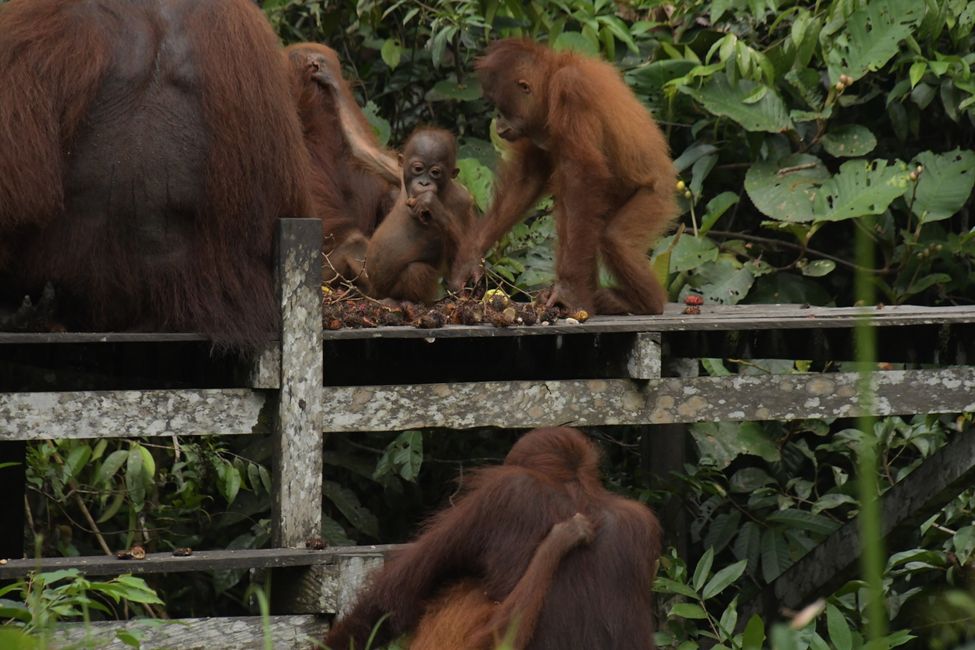
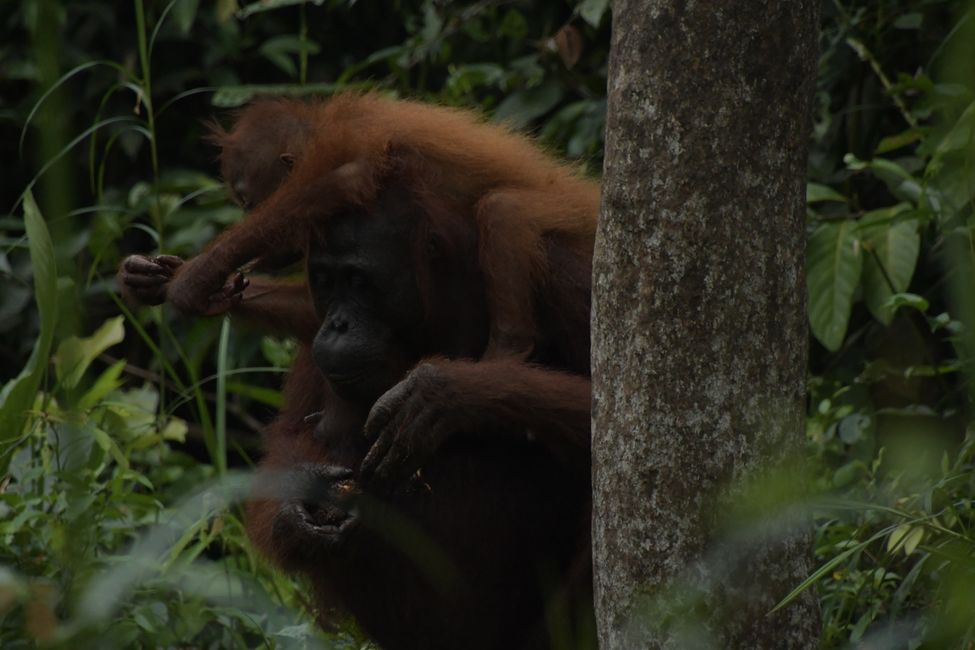
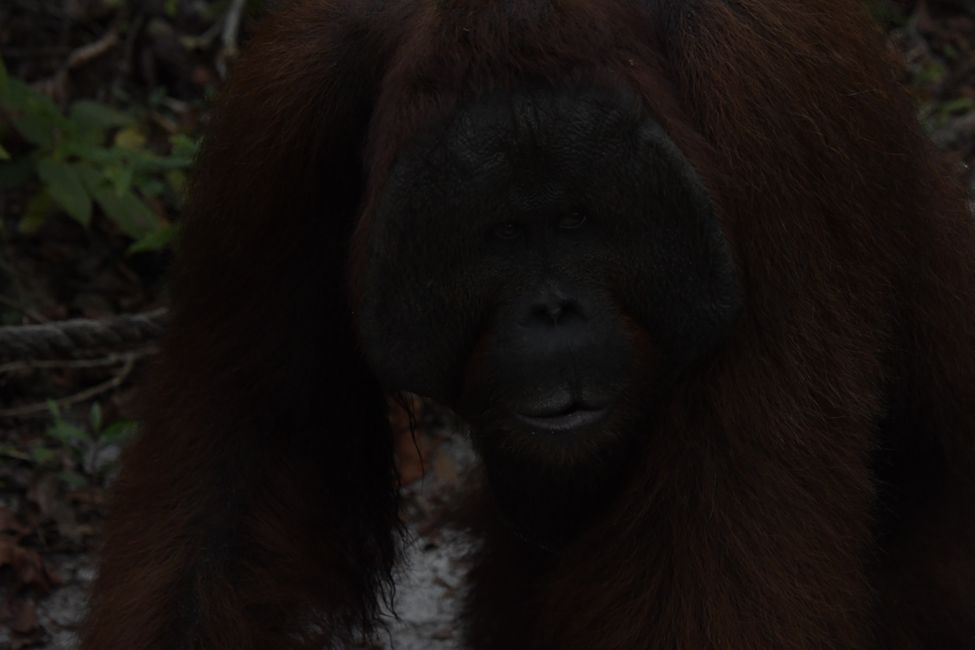
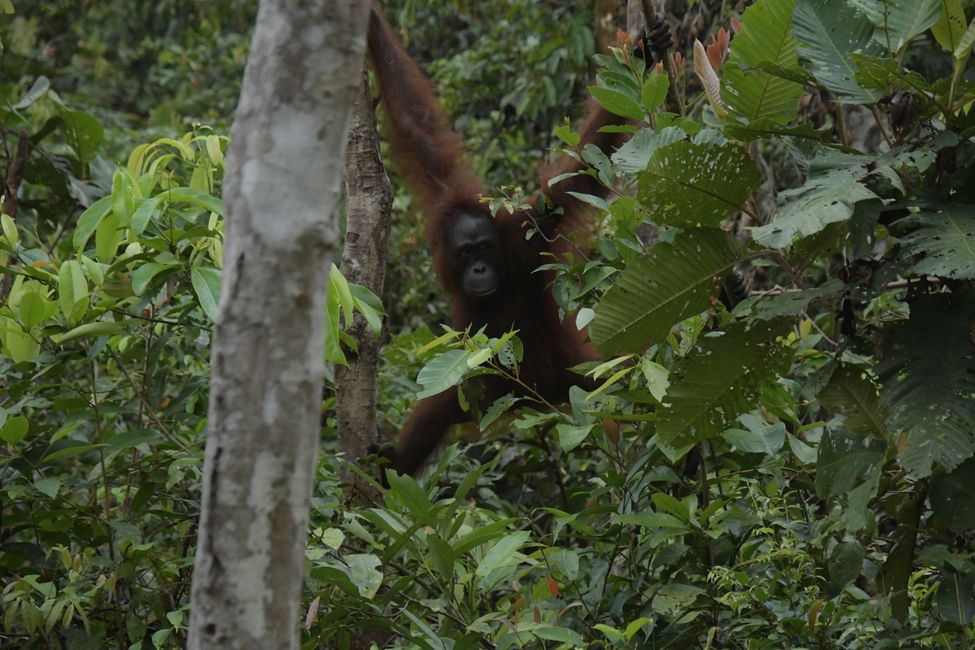
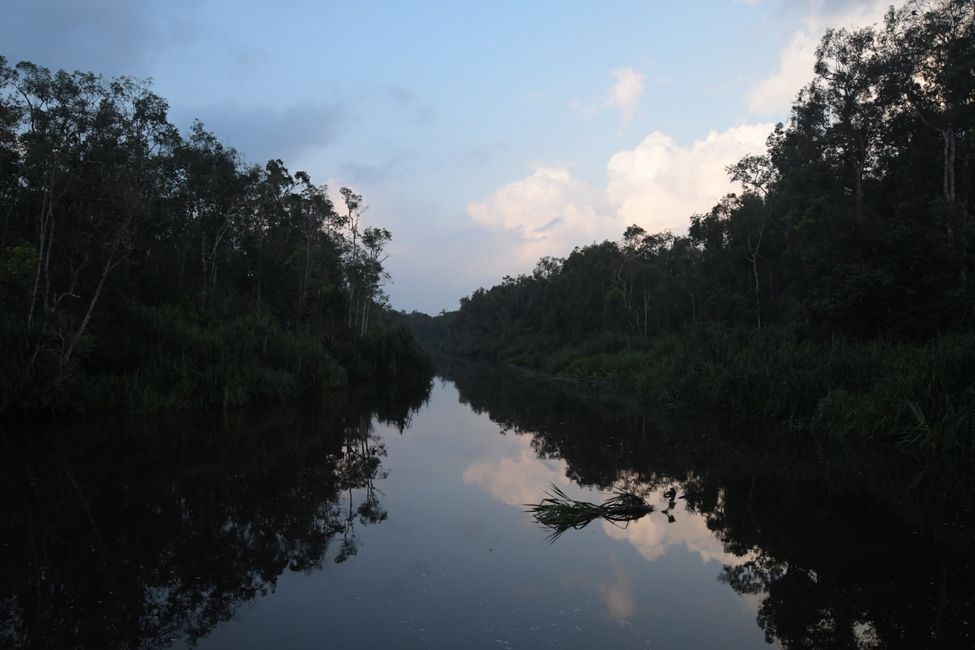
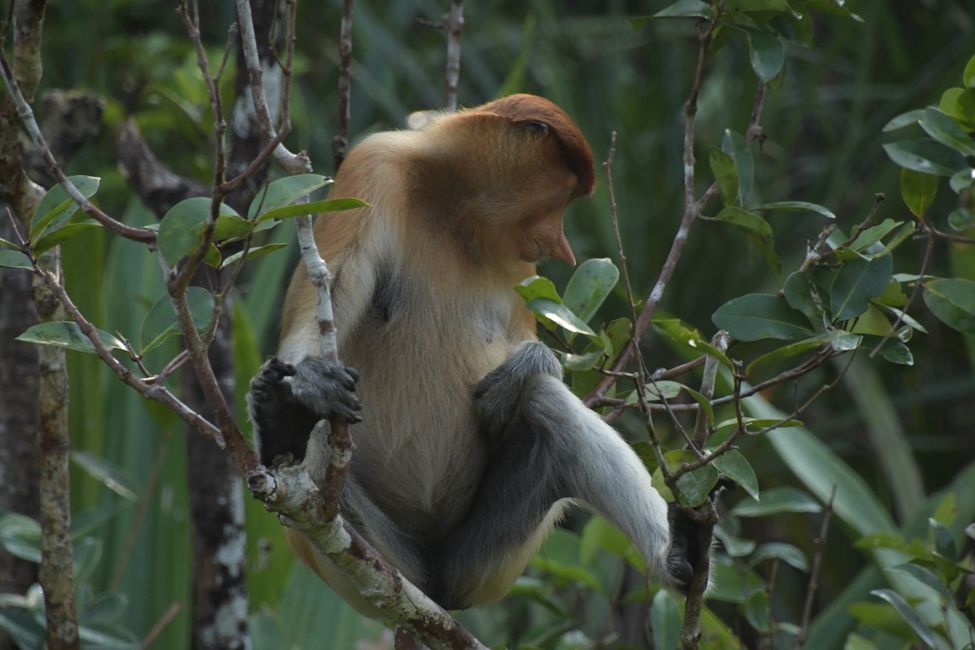
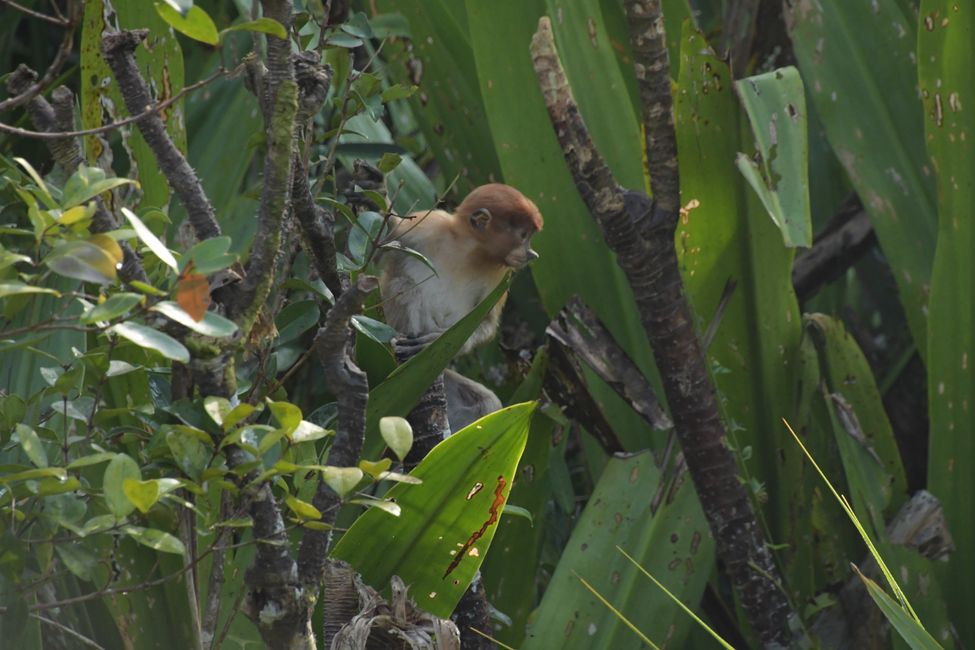
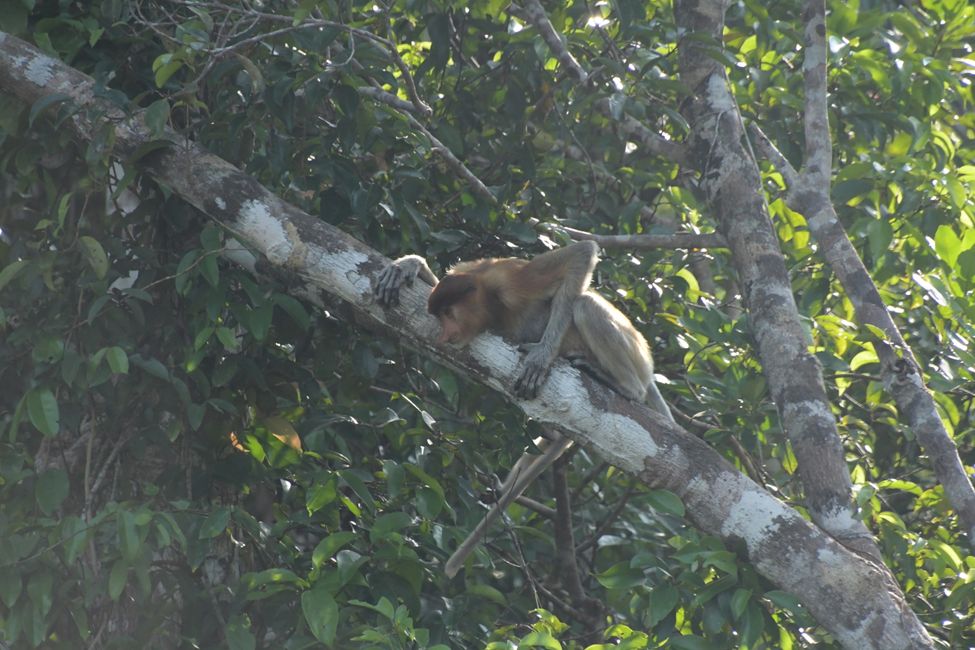
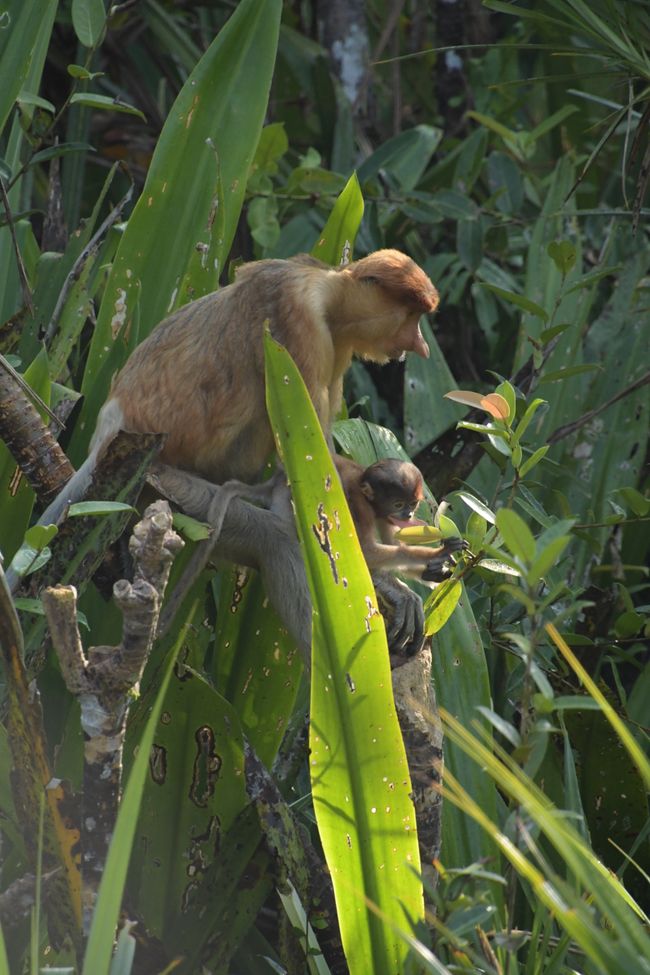
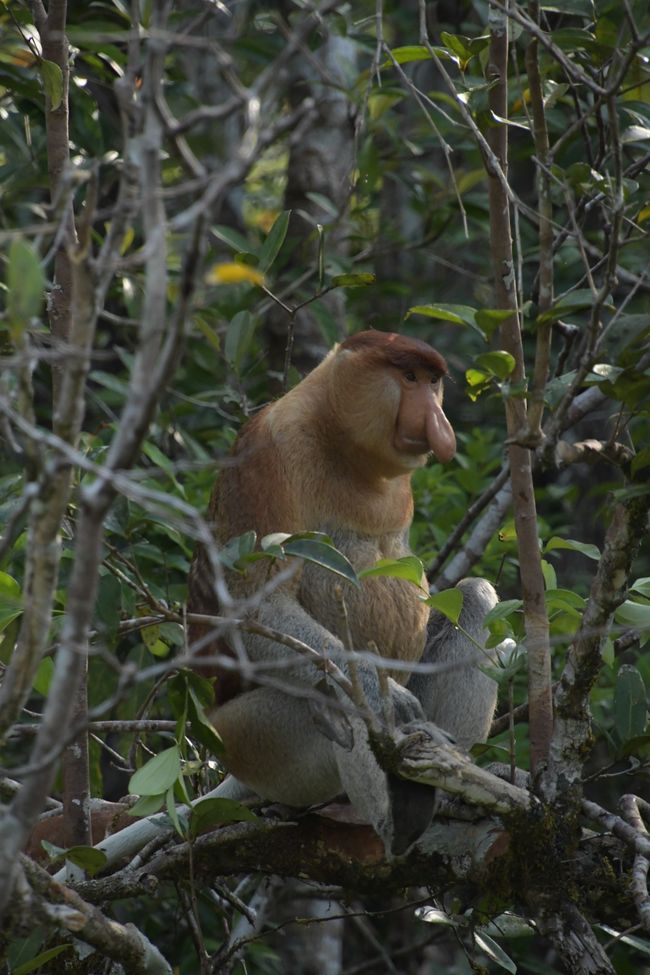
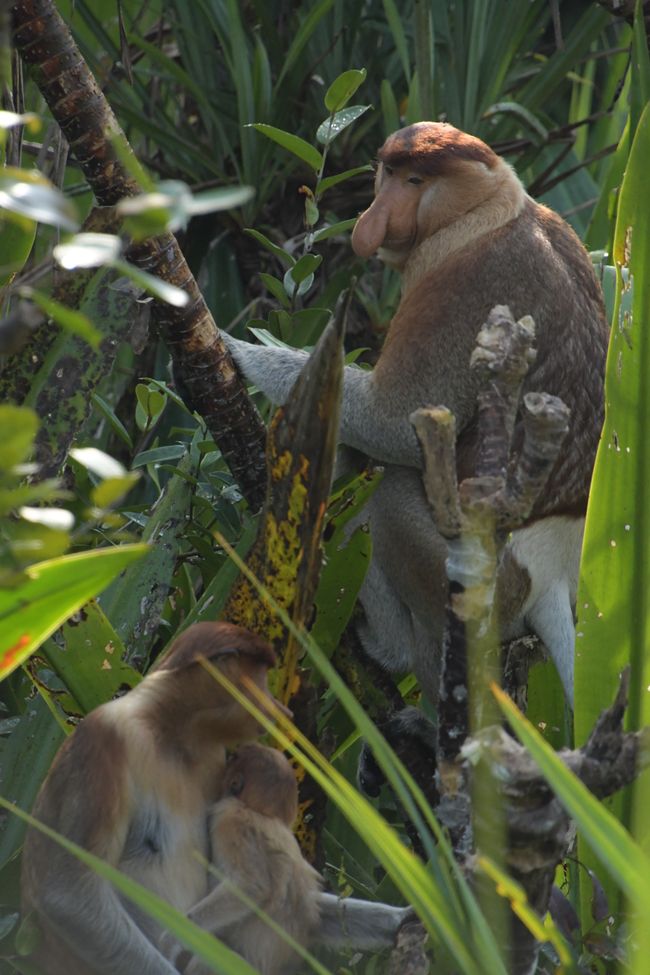
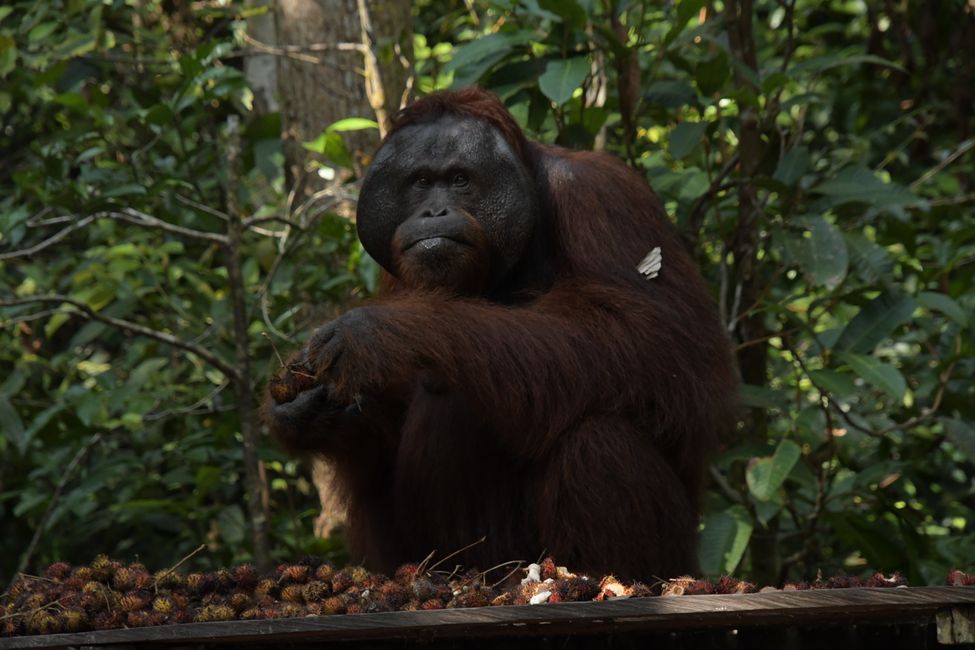
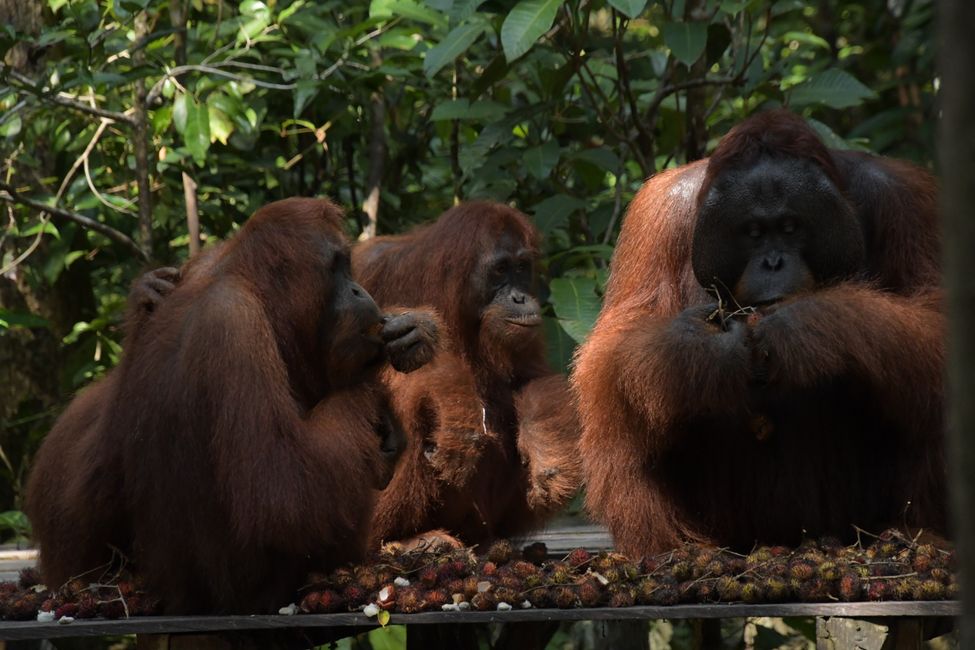
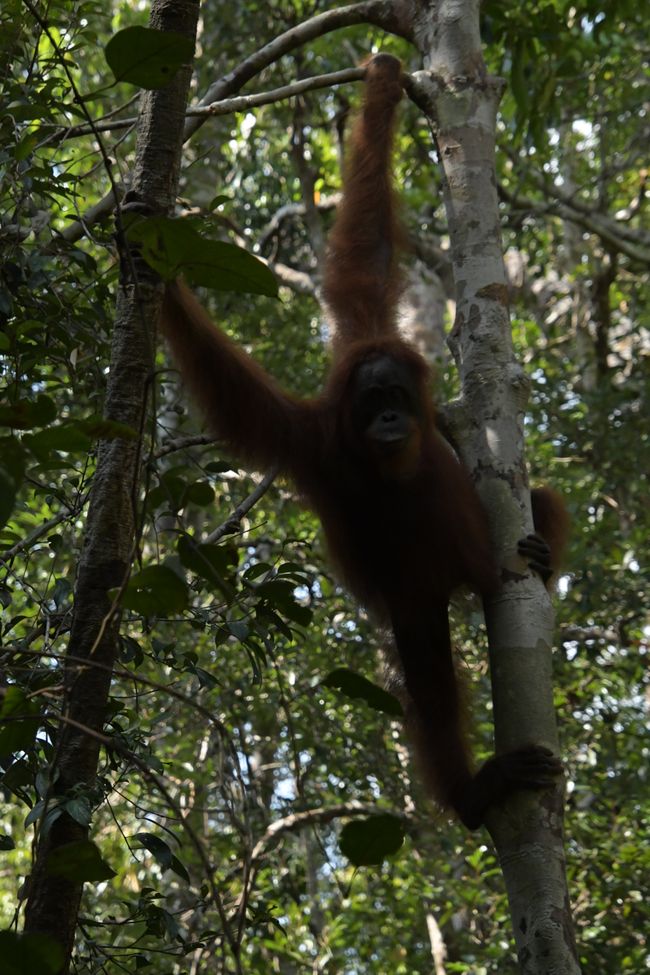
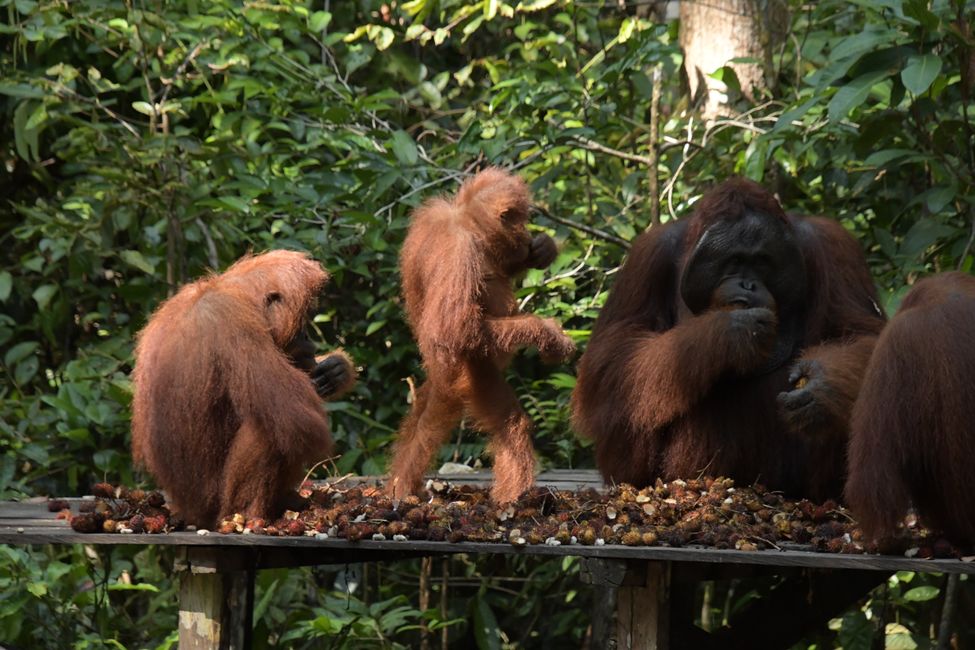
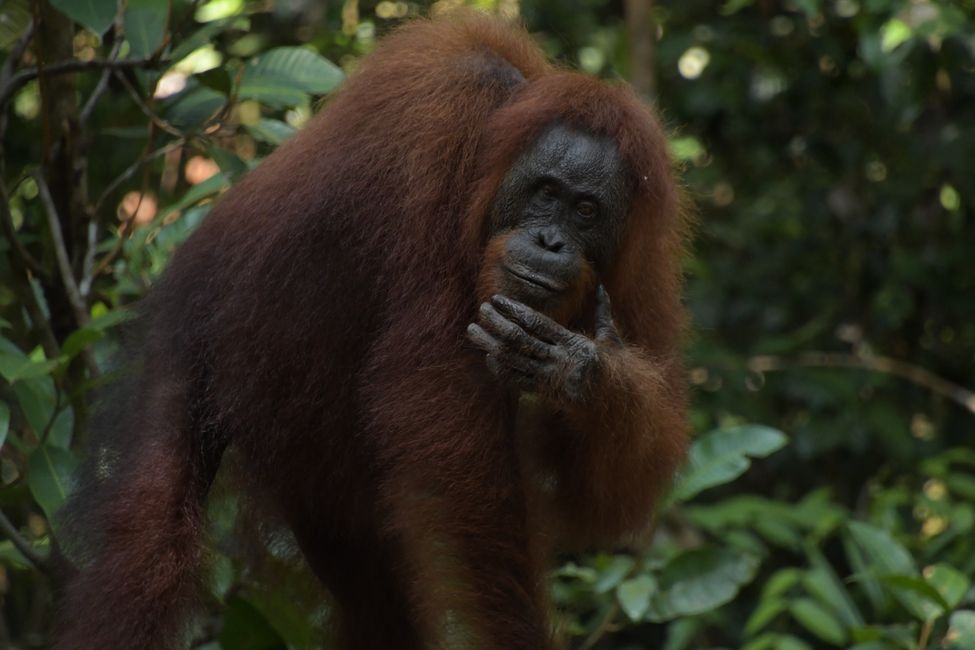
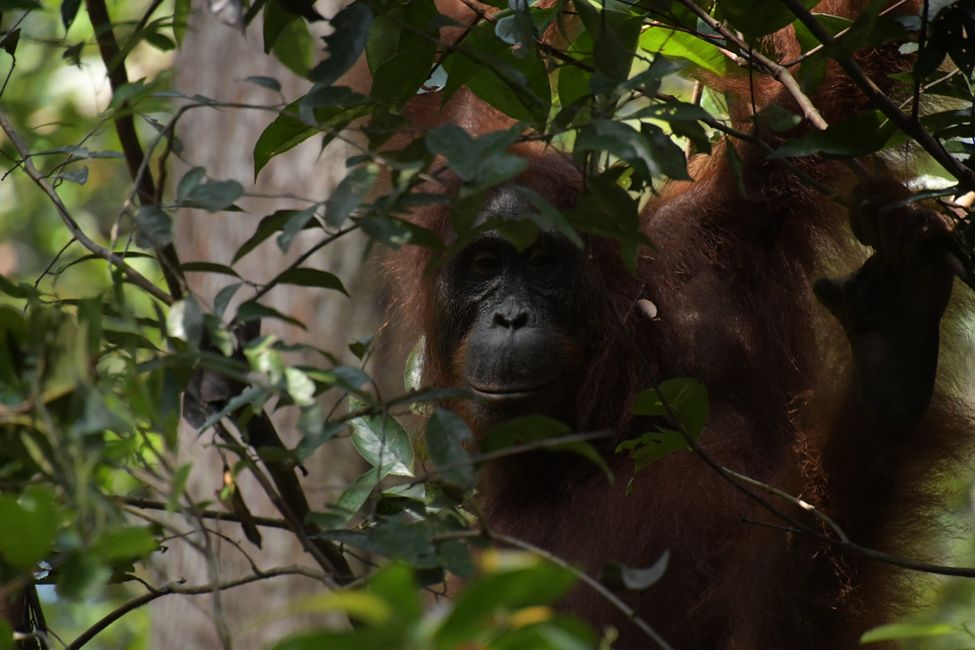
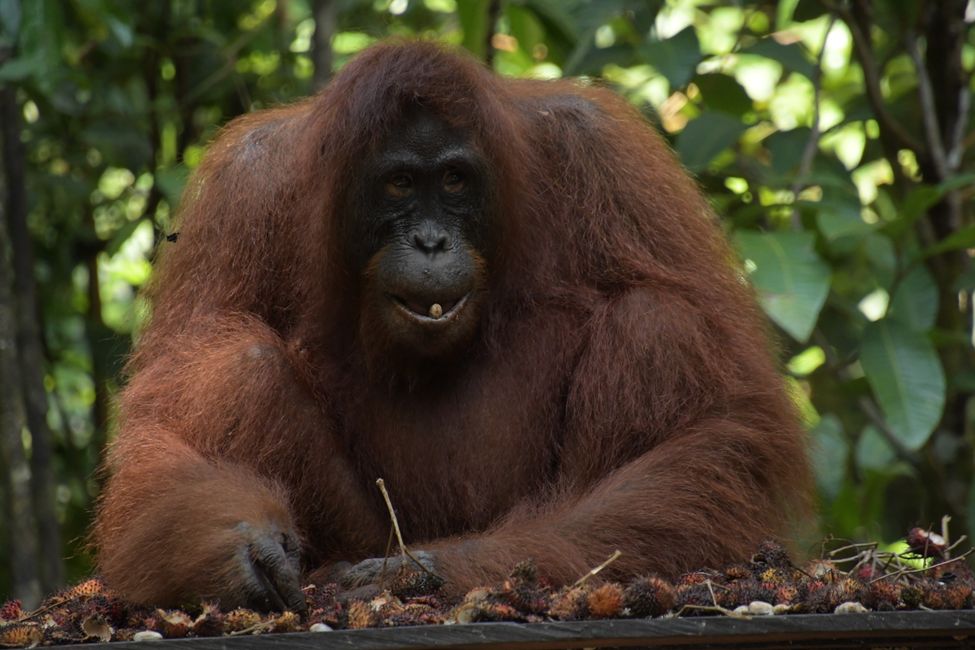
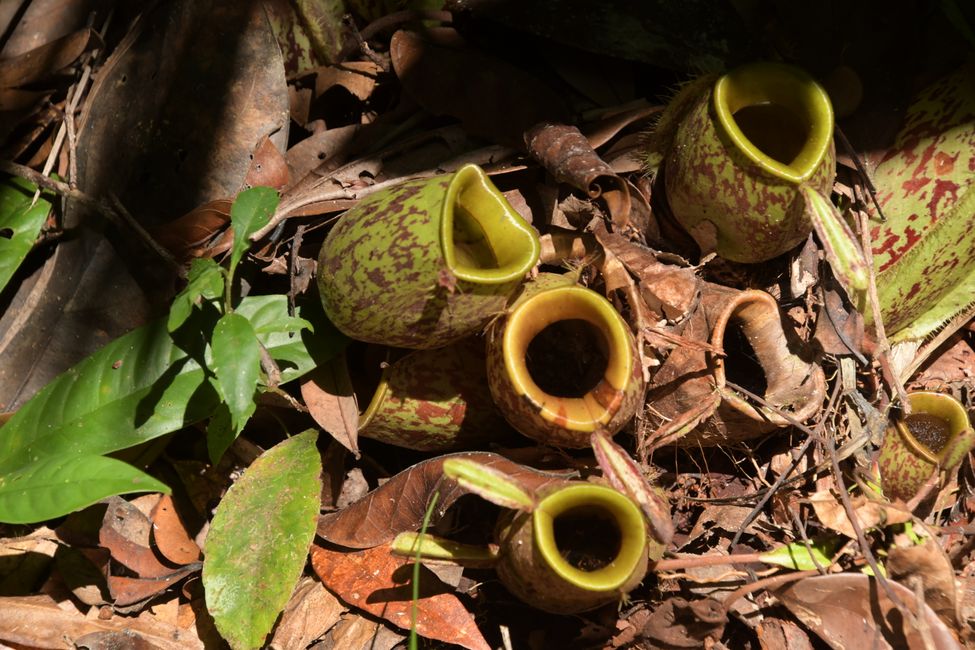
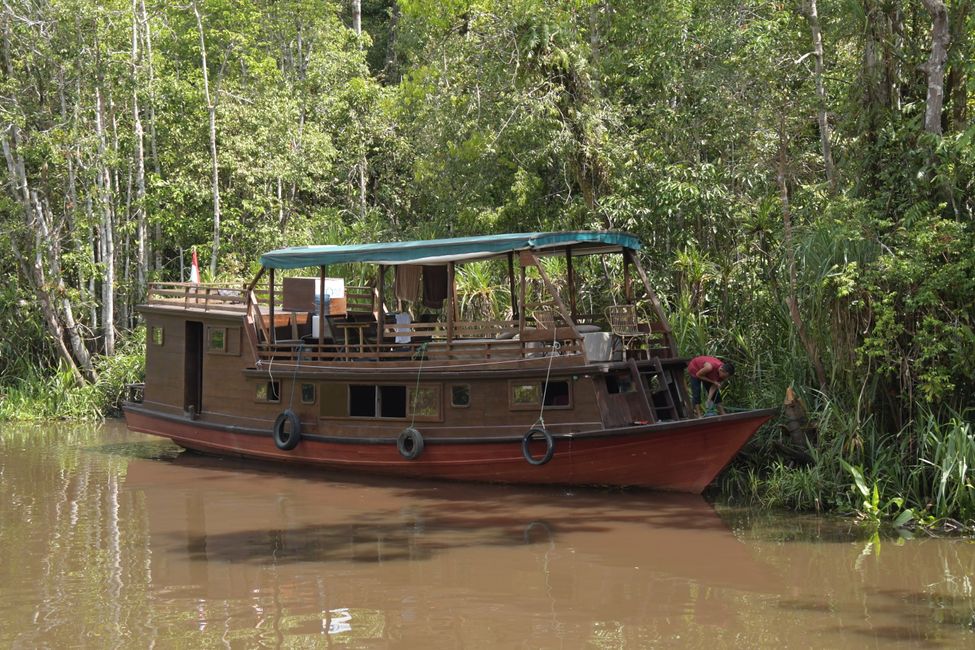
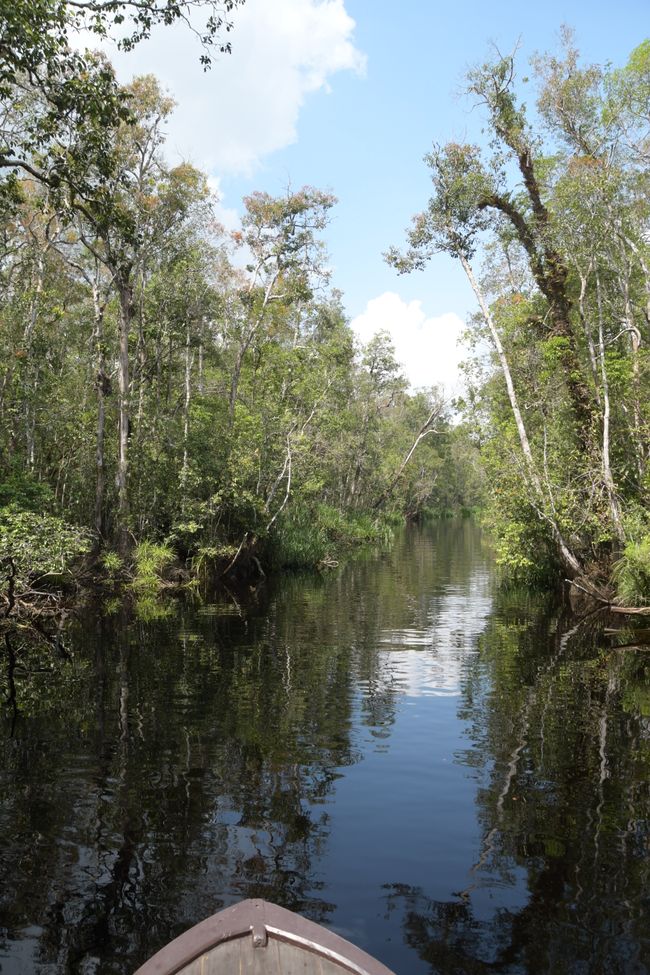
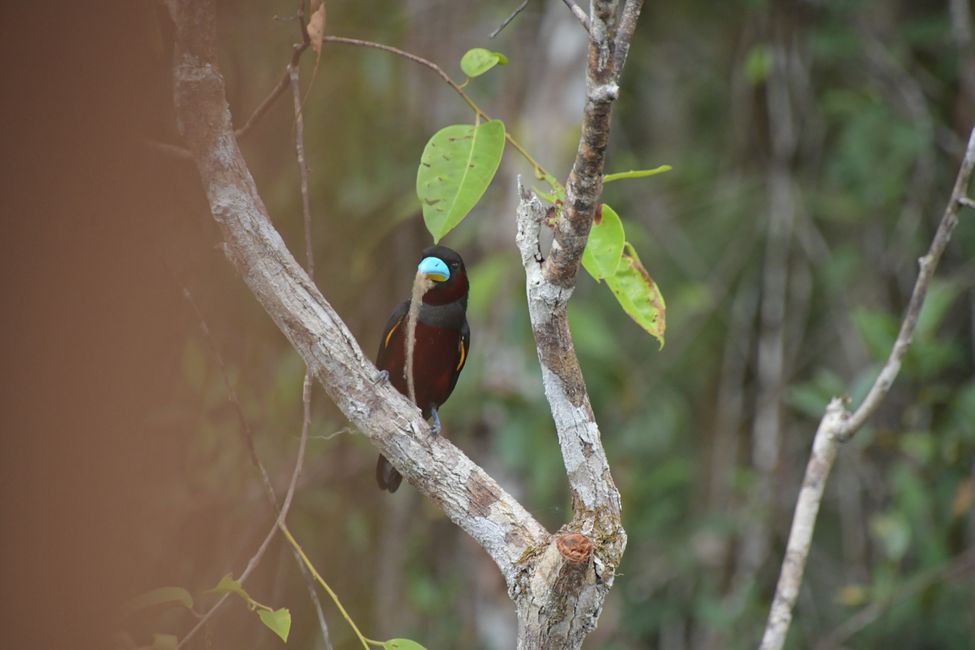
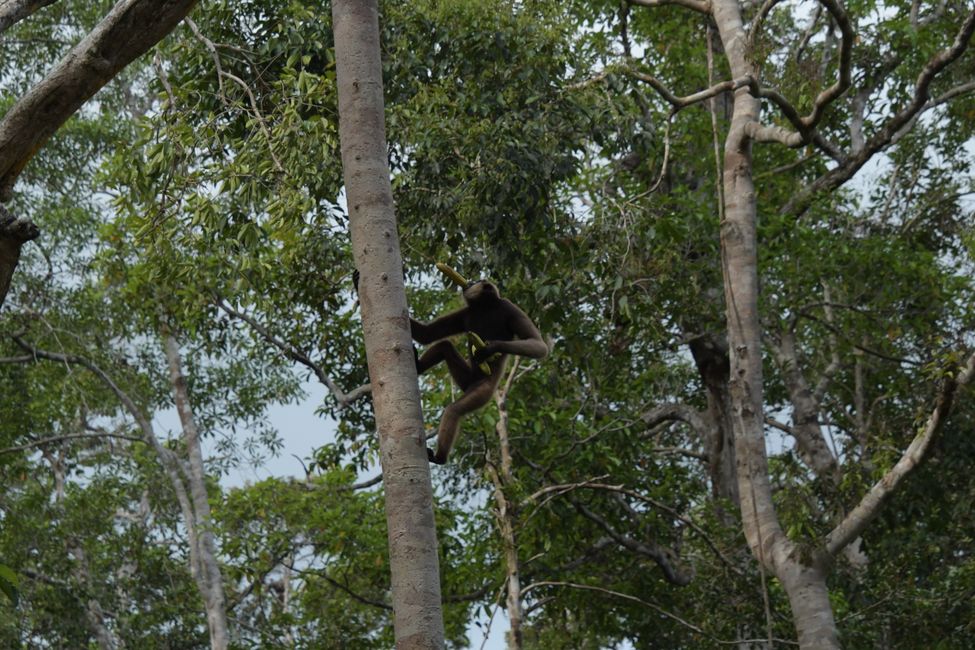
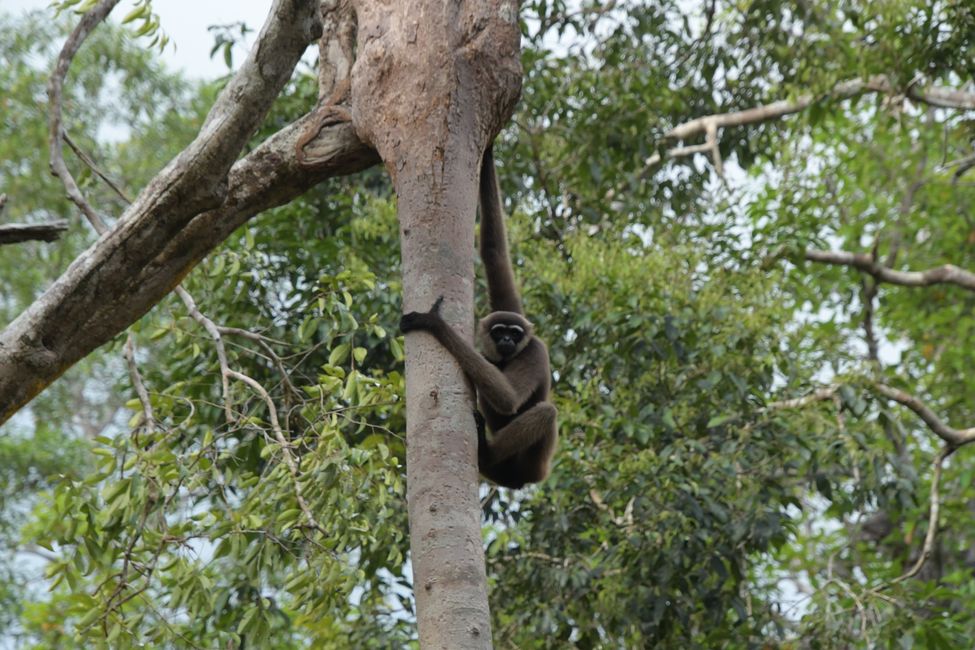
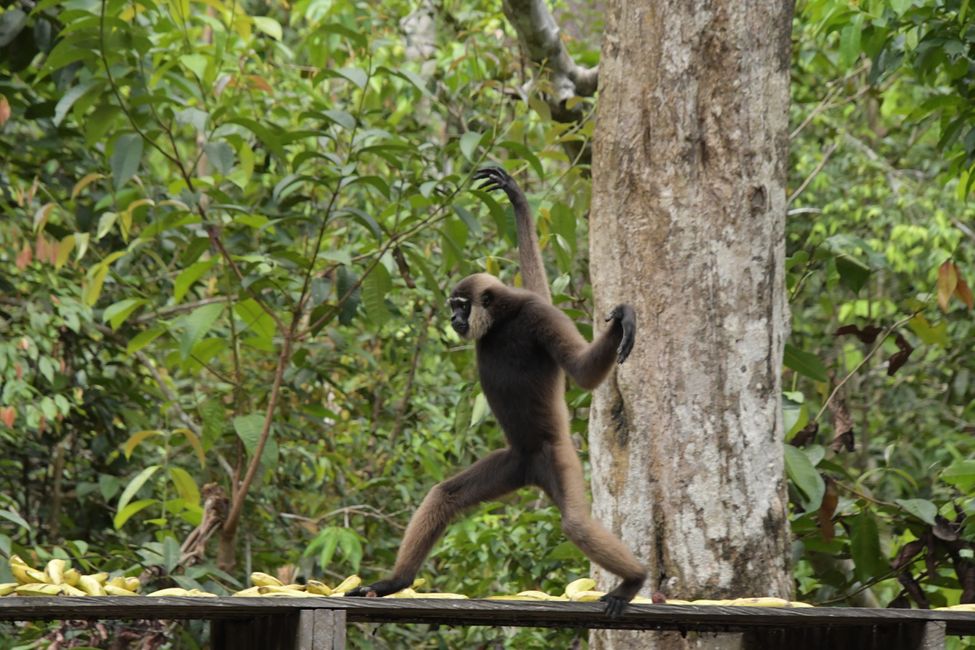
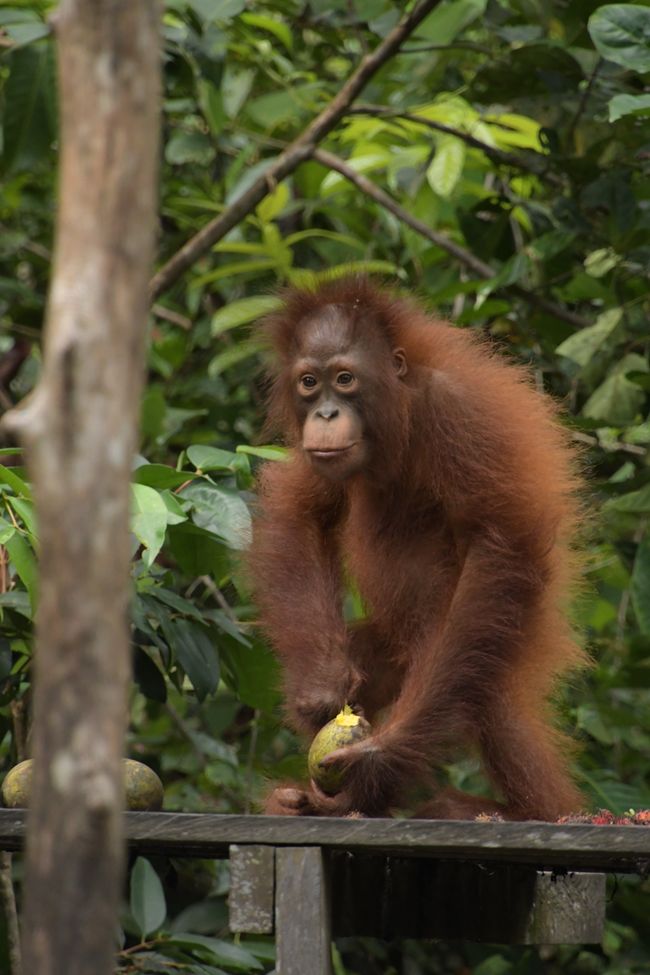
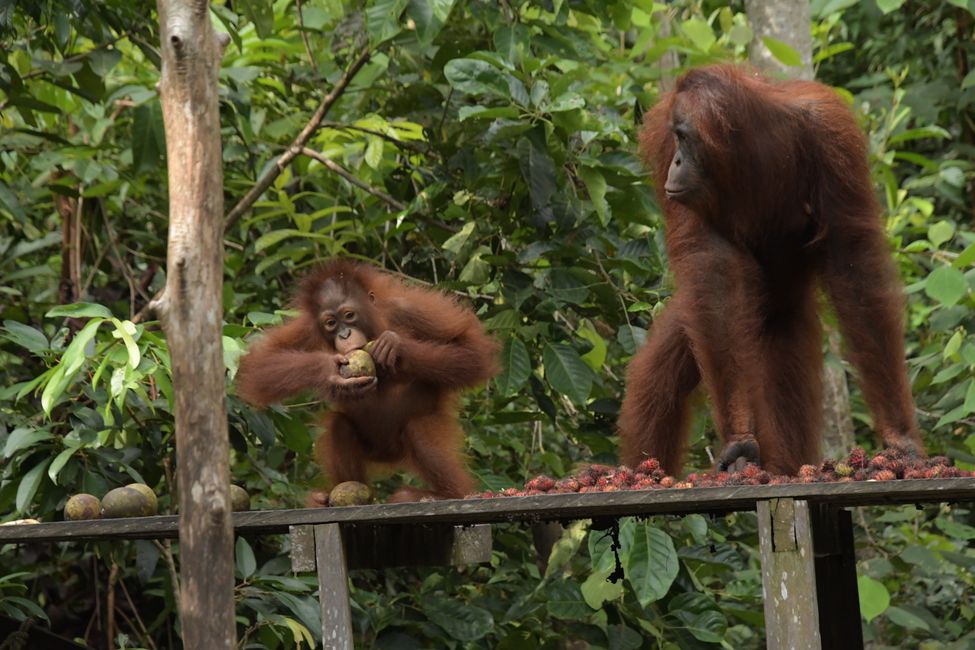
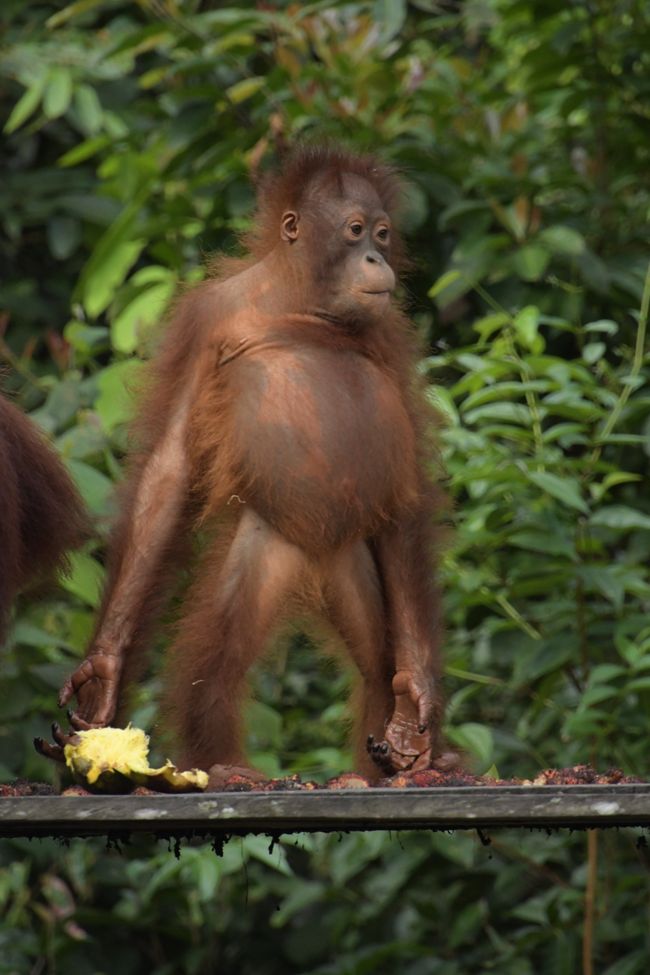
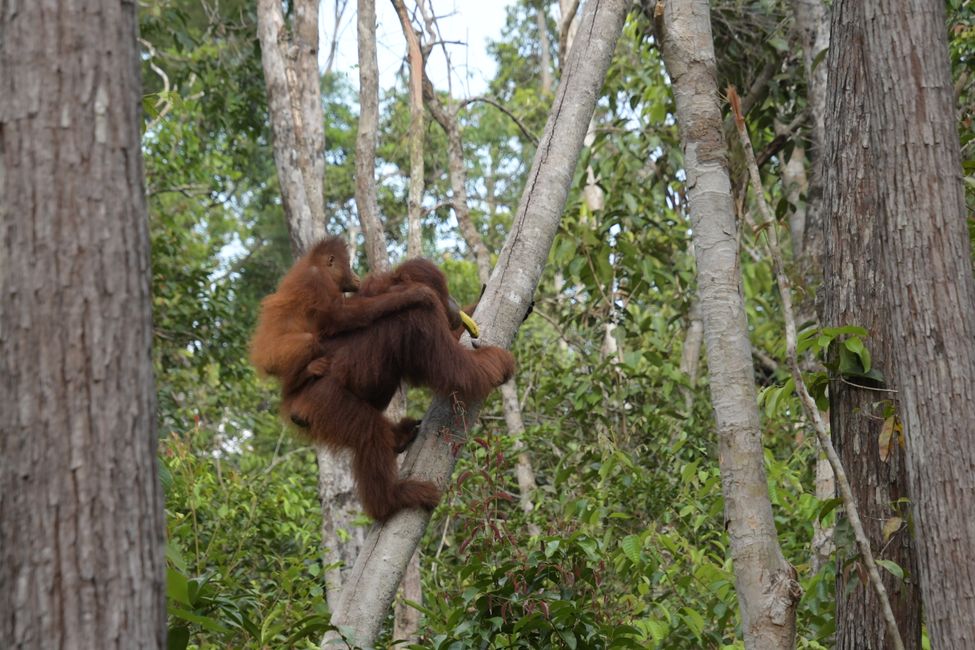
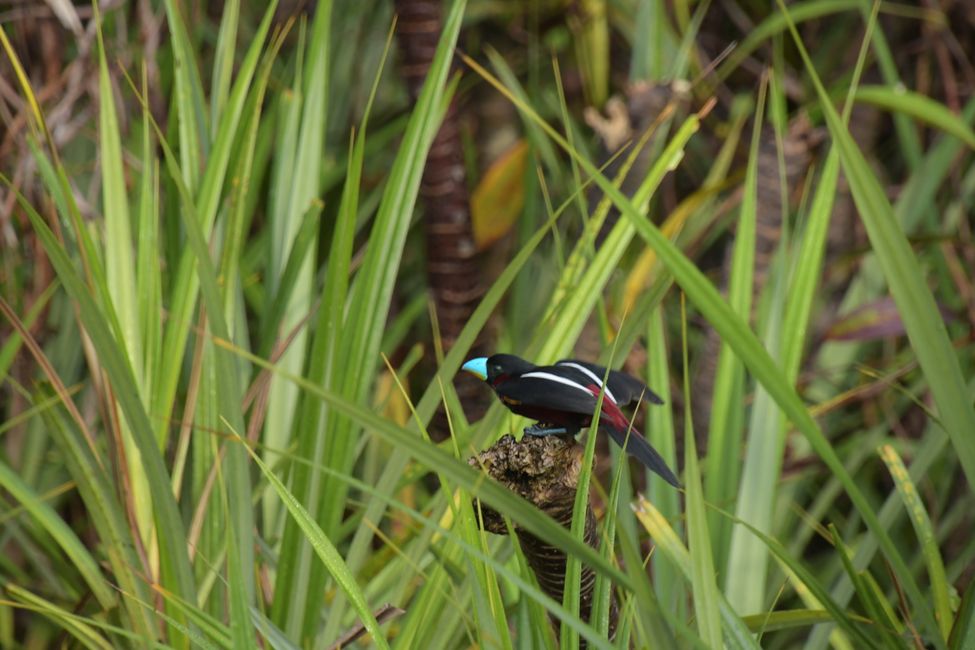
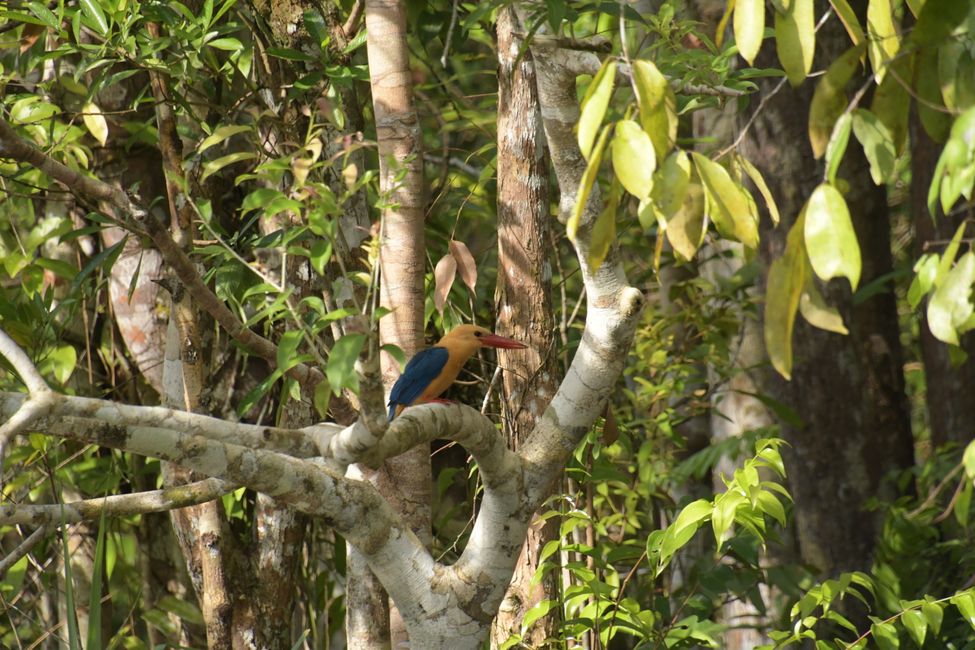
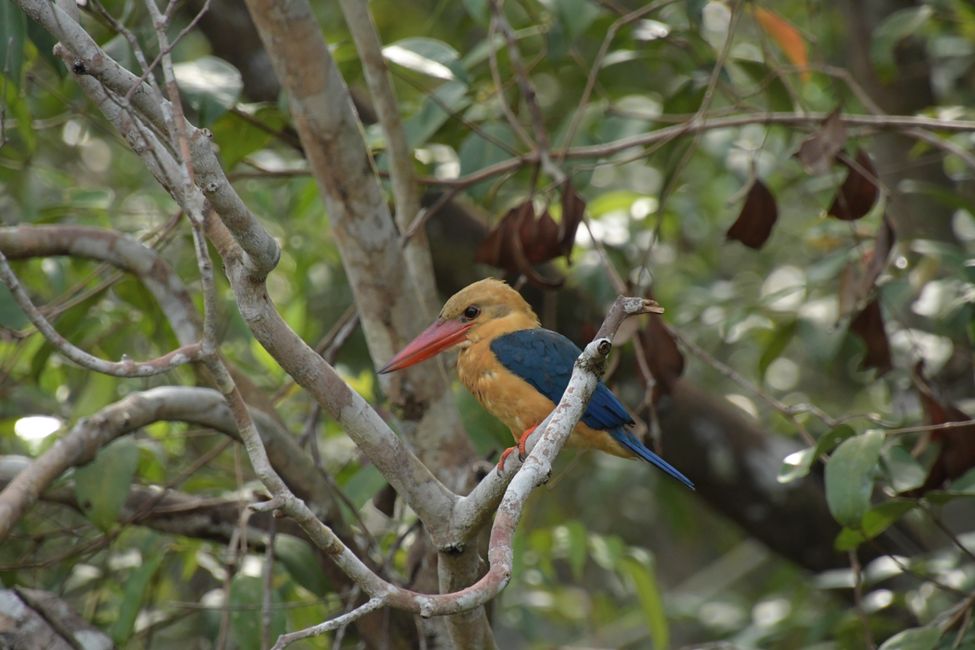
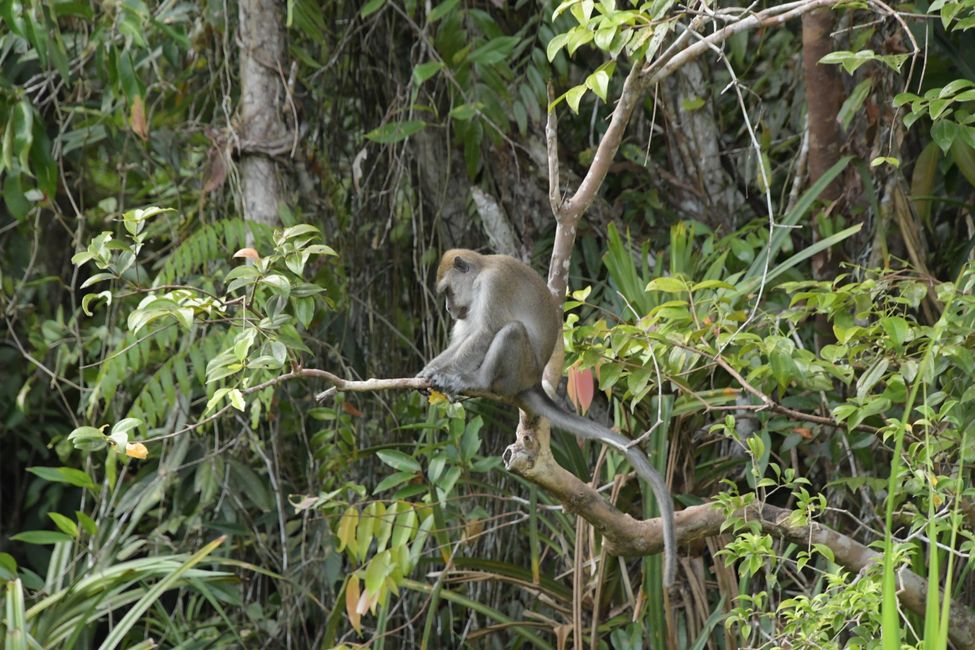
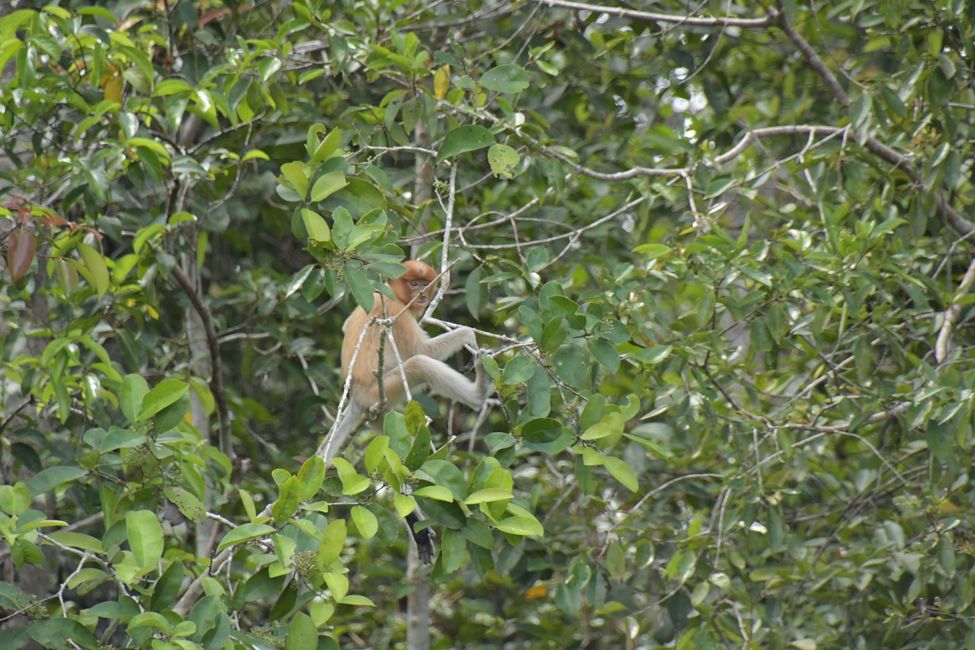
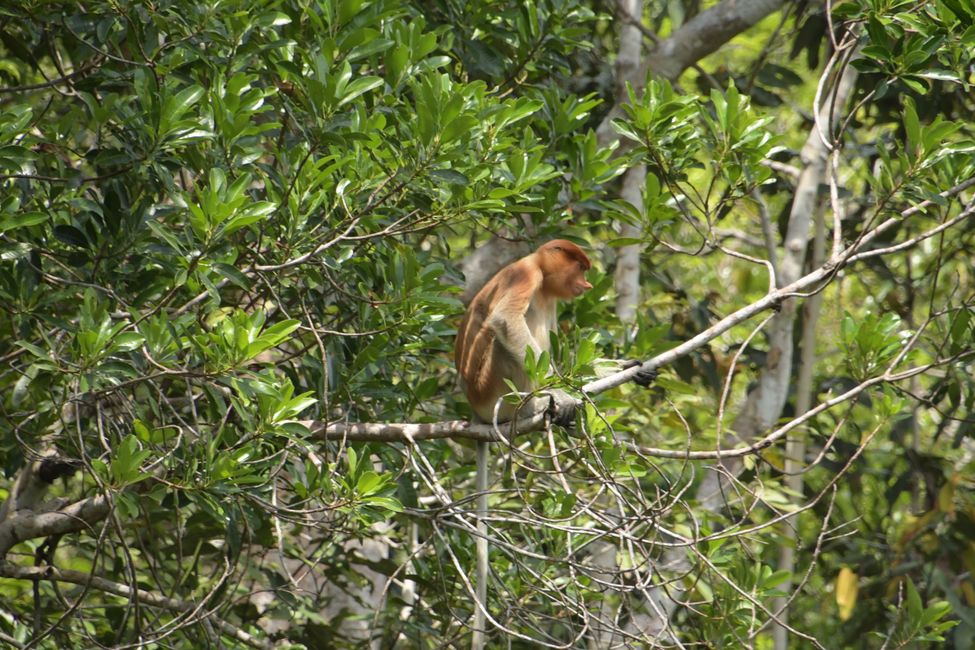
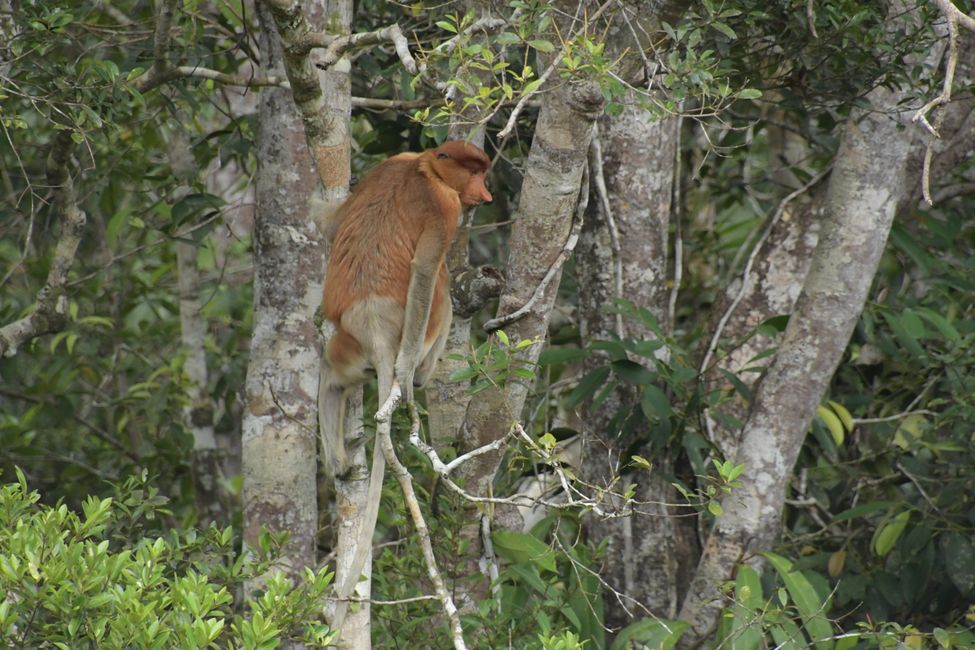

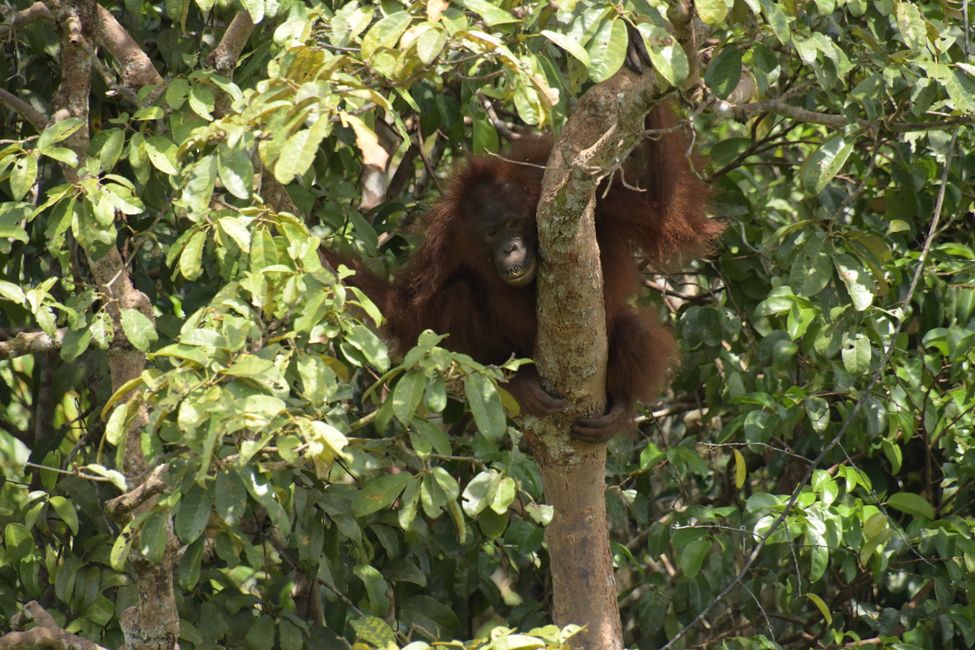
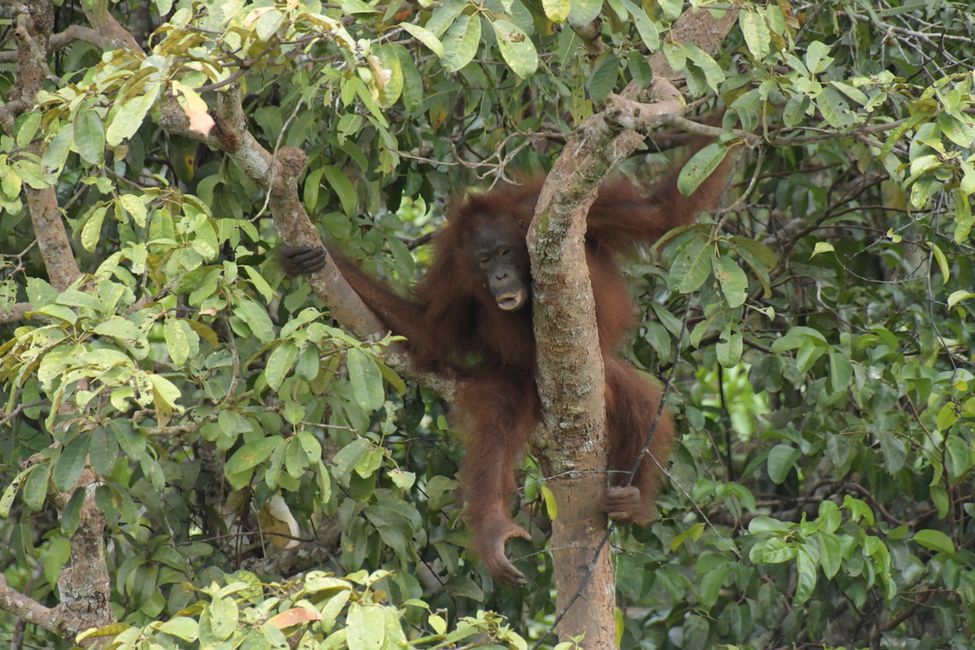
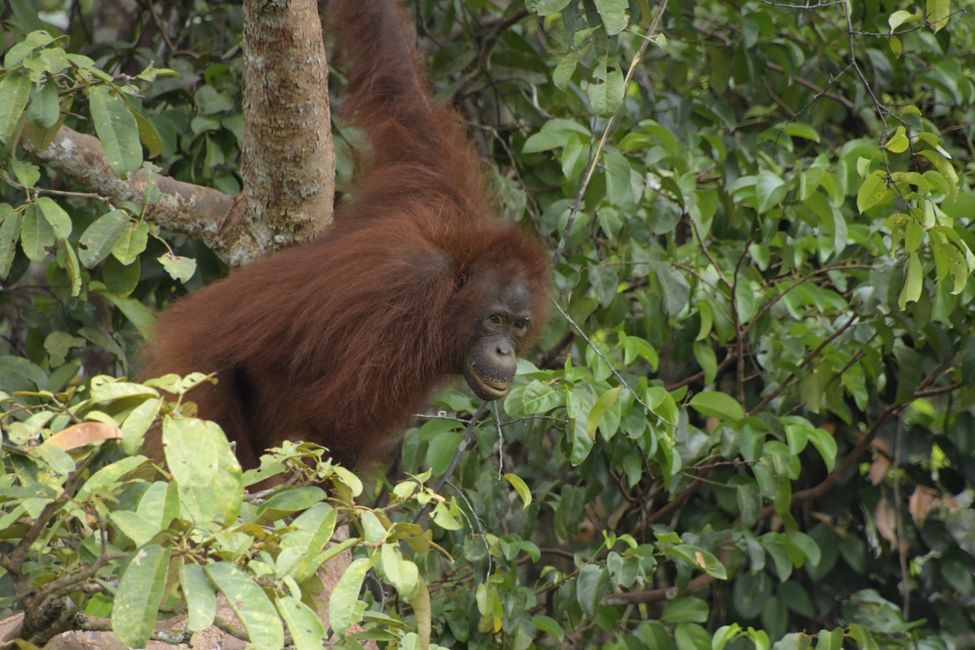
വാർത്താക്കുറിപ്പിലേക്ക് സബ്സ്ക്രൈബ് ചെയ്യുക
After an extremely early transfer to the airport (shuttle at 3:30 a.m.) and a rather disorganized boarding for our taste (3 planes with 3 different destinations at the same gate at the same time...), the plane we boarded actually took us to the desired destination. In Pankalan Bun, we were picked up by Heni - our (female) guide - and taken to an Indonesian houseboat - called Klotok - where the three of us, together with the crew (captain, cook, assistant - a 15-year-old boy as 'girl for everything') would spend the next 2.5 days. The two of us had the entire - room-free - upper deck for ourselves, the lower deck housed the kitchen, bathroom, captain's cabin, and sleeping quarters for the other 4 people. Our 'realm' consisted of a dining table with 4 chairs, two armchairs, and our beds. The luggage was wherever it fit, in between on the floor.
We slowly went upstream into the Tanjung Puting National Park, where we visited a ranger station in the afternoon. There were already the first orangutans in the trees near the jetty. Finally, in a short hike, we went to the feeding ground for the red forest people. The rangers daily put out plenty of fruit there and the orangutans living nearby can take advantage of this offer if they cannot find enough food themselves. This offer is particularly aimed at orangutans released here - most of the orangutans living in the NP (30,000-40,000 in total) have to do without such a service. However, during the ripening season of the fruit, it seems quite regular that the monkeys do not come to the feeding ground because they can take care of themselves well. In any case, we were lucky and could observe some animals for a long time, and the dominant male even came very close to the human guests.
The next day held two more visits to similar feeding grounds ready. Shortly before we reached the first station, we could first observe a few proboscis monkeys from the boat, who were acrobatically climbing through the trees. Then at Camp 2, some orangutans also appeared for dinner, so we took advantage of the allowed visiting time until the end.
In Camp Leakey - the third and probably most famous ranger and research station - the food was also (almost) served on time, but here you could see that the monkeys are still more or less wild (they are called semi-wild here), because initially, not a single orangutan came. Only a gibbon helped himself to the fruit and amused the human visitors with its funny movements. Finally, an orangutan mother with a child arrived, so we could admire the jungle relatives once again. At the feeding ground, we heard a distant rustling that sounded like heavy rain. Unfortunately, it was not just the sound, and two minutes later we felt it, and since we - at temperatures of about 35 degrees Celsius - didn't feel like squeezing into plastic covers offered, we were cooled down shortly. The joy of the actually pleasant damp cool didn't last too long because then we remembered that it would be problematic to dry the clothes because our things were wetter in the morning than the evening due to the prevailing humidity. Well, too late, tough luck...
On the last day, only the return journey remained, as a jungle hike that was actually planned in the program is no longer offered on-site. So we had time to comfortably sail back along the river, to look for birds and monkeys and occasionally stop for better observation. So we could see proboscis monkeys again, observed a 'wild' orangutan, and in the meantime, there were also some exotic birds.
വാർത്താക്കുറിപ്പിലേക്ക് സബ്സ്ക്രൈബ് ചെയ്യുക
ഉത്തരം
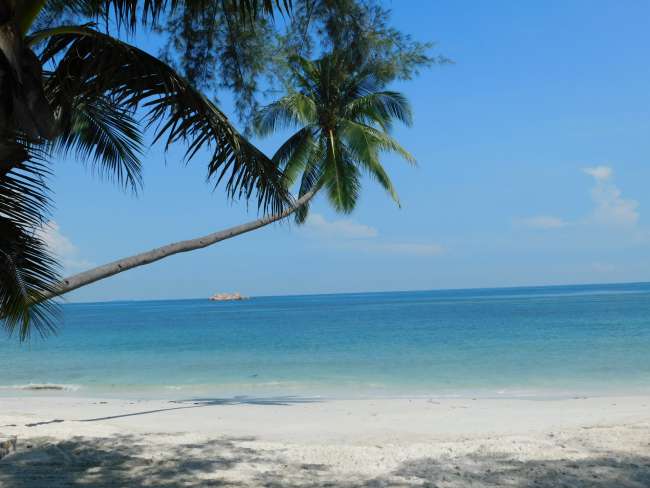
യാത്രാ റിപ്പോർട്ടുകൾ ഇന്തോനേഷ്യ
